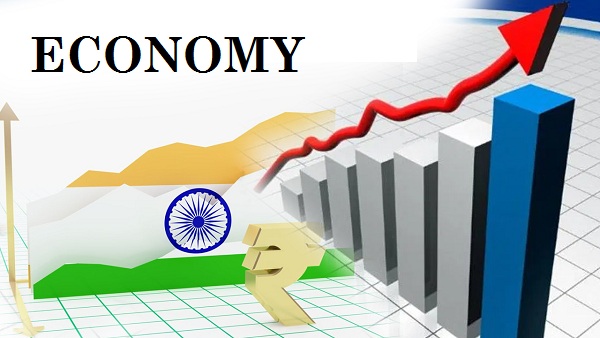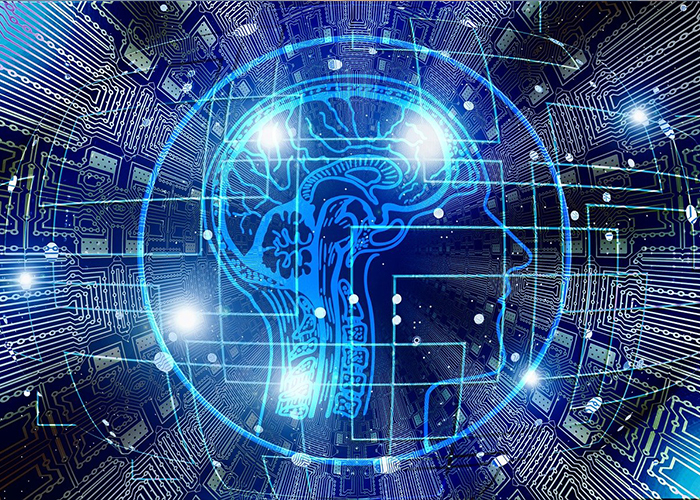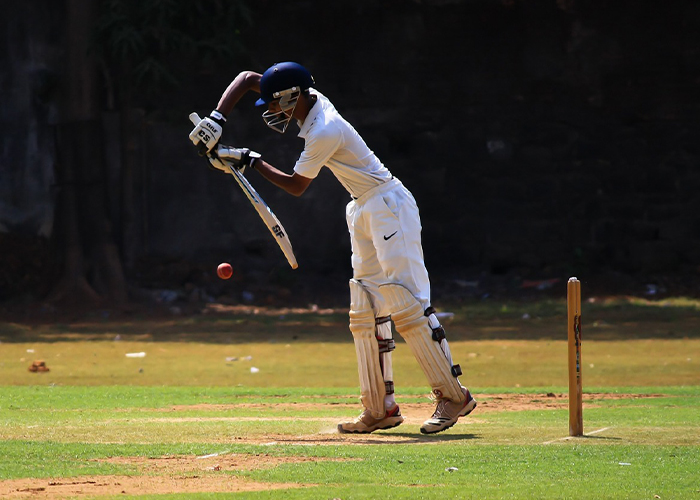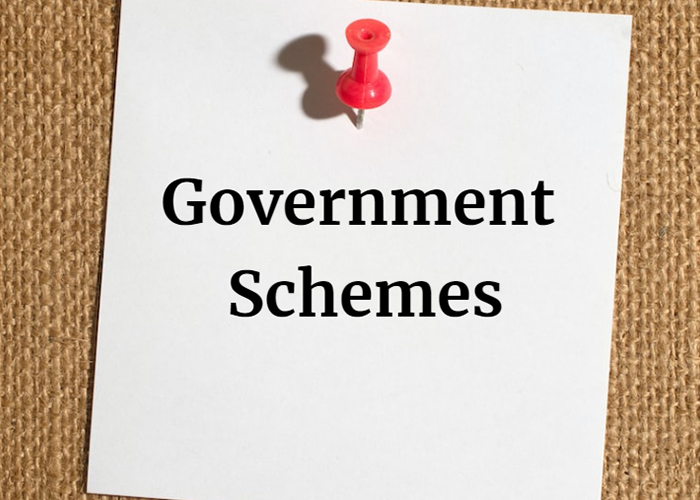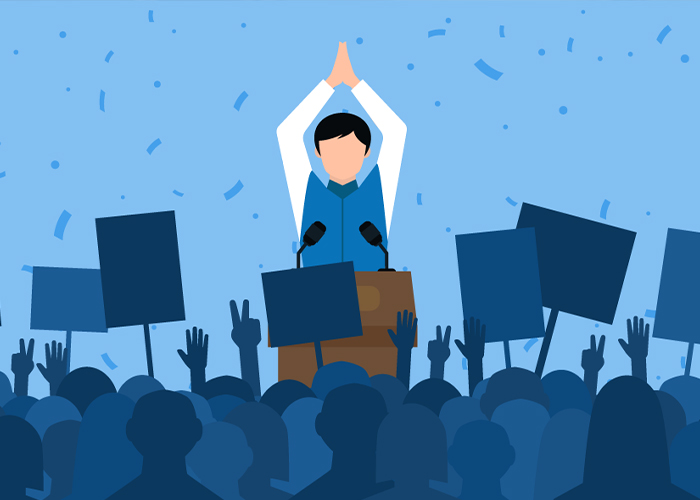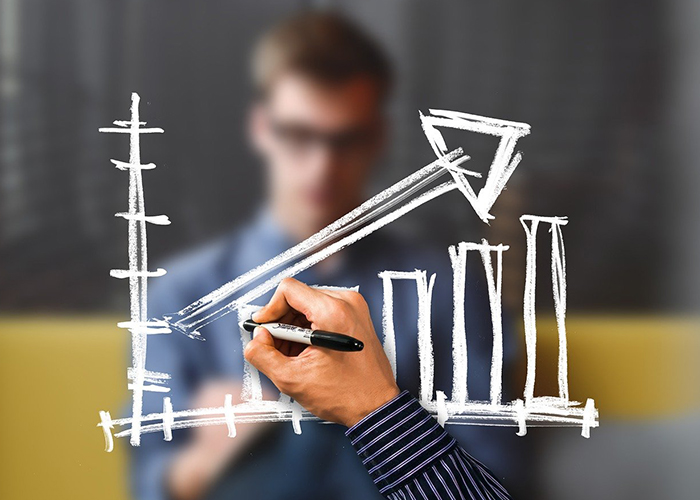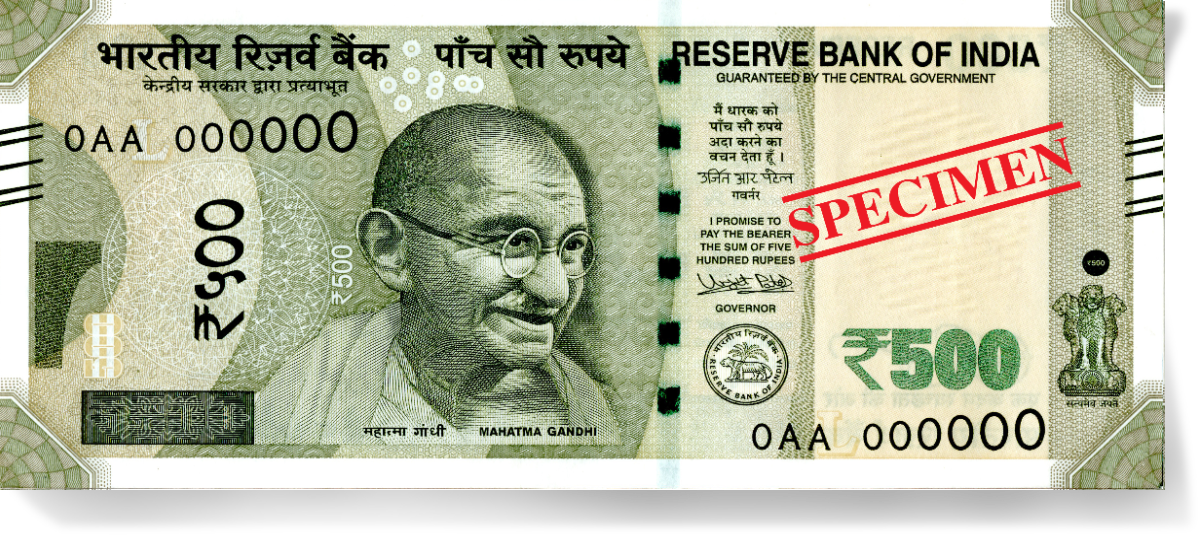Truth of Govt. Departments
Could the Indian government strike a balance between social welfare and economic growth?
HIGHLIGHTS :
India's main challenge is to balance social welfare with economic growth. The extreme income inequality in the nation and the coexistence of prosperity and poverty serve as a stark reminder of how complicated this problem is. Income inequality and the struggle to create high-quality jobs are obstacles to economic growth. Healthcare, education, and basic services continue to be major obstacles in social welfare. To close these gaps, the Indian government has launched initiatives like the Jan Dhan Yojana, Ayushman Bharat, and Swachh Bharat Abhiyan.
India must prioritize inclusive growth, making sure that economic gains are shared among all societal segments, in order to strike the right balance. It is essential to invest in human capital with healthcare and education. Public-private partnerships and strong social safety nets can help the welfare system become even more effective. In addition to being morally necessary, striking this balance is also crucial for India's long-term stability and development, which promises financial stability and an improved standard of living for all of its citizens.
indian economic journl
COULD THE INDIAN GOVERNMENT BALANCE ECONOMIC GROWTH WITH SOCIAL WELFAIRE ?
India, with its diverse population and expansive landscape, struggles on a constant basis to strike a balance between social welfare and economic growth. The Indian government's capacity to maintain this precarious balance is crucial to the prosperity and sustainable growth of the nation. We will examine the difficulties, regulations, and potential remedies that could aid India in achieving both robust economic growth and comprehensive social welfare in this blog post as we delve into the intricate dynamics of this problem.
THE CHALLANGE
India's enormous socioeconomic inequalities are at the root of its struggle to strike a balance between economic growth and social welfare. On the one hand, the nation has one of the fastest-growing major economies in the world thanks to a growing middle class and a thriving technology sector. On the other hand, a sizable portion of its population continues to struggle with pervasive poverty, subpar healthcare, and inadequate educational opportunities.
Issues with Promoting Economic Growth
1 . Income Inequality: Income inequality is one of the main issues. The wealthy in India have disproportionately benefited from the country's economic growth, leaving a sizeable portion of the population behind. Achieving comprehensive social welfare is significantly hampered by this inequality.
2 . India's economy has been expanding, but it has had trouble producing enough high-quality jobs. Since the informal sector still predominates, many people still have low wages and unstable employment. As a result, it becomes difficult to offer social welfare benefits to the workforce.
Issues with Providing Social Welfare
1 . Healthcare: Getting access to healthcare is still a big problem, especially in rural areas. A strong social welfare system must provide everyone with access to affordable healthcare.
2 . Education: Despite advancements, the educational system still has accessibility and quality problems, leaving millions of children without access to high-quality instruction. For ensuring social welfare, it is essential to close these gaps.
3 . Nutrition and Basic Services: Despite advances in technology, millions of Indians still lack access to sanitary facilities, clean drinking water, and adequate nutrition. These fundamental services are important elements of social welfare.
Governmental Programs
To address these issues, the Indian government has launched several initiatives:
1 . A financial inclusion program called Jan Dhan Yojana aims to give unbanked people access to banking services so they can take advantage of various government programs.
2 . The Pradhan Mantri Awas Yojana is a housing program that aims to give economically disadvantaged groups in society access to affordable housing.
3 . Ayushman Bharat is a healthcare program designed to protect financially disadvantaged families from high medical costs.
4 . Increasing workers' employability and income through training and skill development is a goal of the Skill India program.
5 . Swachh Bharat Abhiyan: An initiative to make India's public restrooms and open defecation-free.
6 . National Education Policy: A comprehensive plan to improve the quality and inclusiveness of the educational system.
Act of Balancing
Careful policy planning and implementation are necessary to strike a balance between economic growth and social welfare. Here are some crucial actions:
1 . Economic growth should be accessible, making sure all facets of society receive the advantages. Progressive revenue generation, targeted subsidies, and the creation of jobs in industries with high employment rates can all help achieve this.
2 . Investment in human resource development: Prioritizing healthcare and education is essential. In order to maintain economic growth, it is crucial to have a skilled and fit labor force.
3 . Government must create strong social safety nets that cover vulnerable groups with healthcare, pensions, and unemployment insurance.
4 . Public-private partnerships: Working together, the public and private sectors can advance economic development while advancing social welfare objectives.
The conclusion
The Indian government must balance social welfare with economic growth, a difficult but essential task. It necessitates persistent efforts, changes in policy, and expenditures on infrastructure and human capital.
In the end, achievement of this goal will not only ensure economic prosperity but also a higher standard of living for all citizens, transforming India into a truly inclusive and equitable society. In addition to being morally required, achieving this balance is crucial for India's long-term growth and stability.
